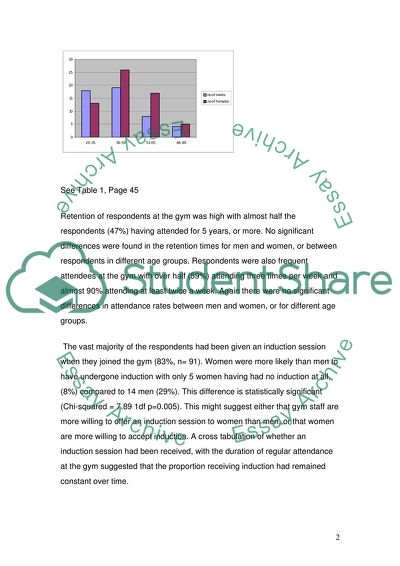Cite this document
(Understanding of Balance Exercises Research Paper, n.d.)
Understanding of Balance Exercises Research Paper. Retrieved from https://studentshare.org/sports-and-recreation/1734724-balance-training
Understanding of Balance Exercises Research Paper. Retrieved from https://studentshare.org/sports-and-recreation/1734724-balance-training
(Understanding of Balance Exercises Research Paper)
Understanding of Balance Exercises Research Paper. https://studentshare.org/sports-and-recreation/1734724-balance-training.
Understanding of Balance Exercises Research Paper. https://studentshare.org/sports-and-recreation/1734724-balance-training.
“Understanding of Balance Exercises Research Paper”, n.d. https://studentshare.org/sports-and-recreation/1734724-balance-training.


